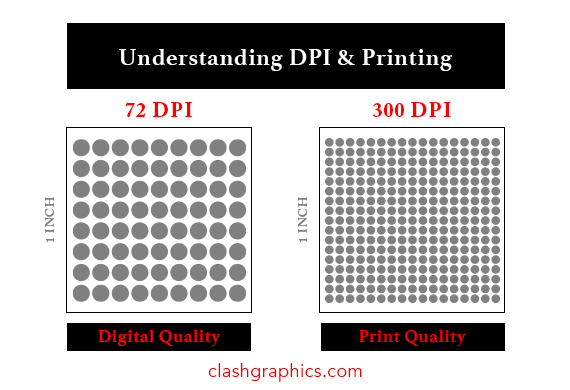How to Write a Book
Posted by Clash Graphics on 17th Mar 2023
Researching or preparing to write a book? Understanding how to organize and get your ideas on paper will help you develop and tell your story in an appealing and marketable way. clashgraphics.com gathered information and tips to create a step…
read more





